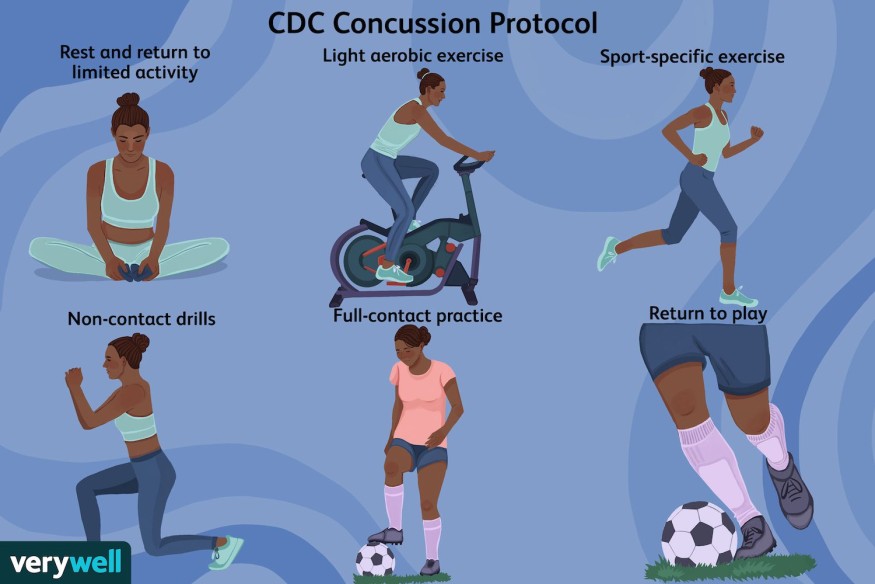
Important Tips to Keep Players Safe From Concussions
Every coach in every sport has athletes at risk for concussions. A concussion is a brain injury caused by a blow to the head. Concussions are certainly more prevalent in high impact sports like football and hockey. But concussions can happen in any sport where athletes are at risk for uncontrolled collisions or falls.
Preventing Concussions -We can help prevent concussions by being vigilant about creating a safe environment for our athletes. Be aware of the surroundings in terms of walls, equipment, slippery courts or fields, or other environmental factors which could increase the risk of injury. Make sure all equipment is worn properly. Make sure all rules are followed in practice and competition. Keep an eye open for ‘out of control’ games where play is getting dangerously physical in violation of the rules. And, respond immediately to any head injury.
Detecting Concussions – As we supervise our athletes it is important to remember that concussions do not always involve a devastating blow. Depending on the athlete and the circumstances, even a light blow to the head can result in a concussion.
The Centers for Disease Control (CDC) recommends that we look for these signs and symptoms in our athletes:
- Dazed or stunned
- Confused about assignment or position
- Forgets sports plays
- Unsure of game, score, or opponent
- Moves clumsily
- Answers questions slowly
- Loses consciousness (even briefly)
- Shows behavior or personality changes
- Can’t recall events prior to hit or fall
- Can’t recall events after hit or fall
- Headache or “pressure” in head
- Nausea or vomiting
- Balance problems or dizziness
- Double or blurry vision
- Sensitivity to light
- Sensitivity to noise
- Feeling sluggish, hazy, foggy, or groggy
- Concentration or memory problems
- Confusion
- Does not “feel right”
Responding to Concussions -If your athletes display any of the above signs and symptoms we need to respond immediately. The CDC recommends that coaches take the following steps to respond to an athlete with a concussion:
- Remove the athlete from play.
- Ensure that the athlete is evaluated right away by an appropriate health care professional. Do not try to judge the severity of the injury yourself.
- Inform the athlete’s parents or guardians about the possible concussion.
- Allow the athlete to return to play only with permission from a health care professional with experience in evaluating for concussions.
Second Impact Syndrome – The first concussion is bad enough. But one often overlooked aspect of concussions is second impact syndrome. According to the Centers for Disease Control (CDC), “A repeat concussion that occurs before the brain recovers from the first—usually within a short period of time (hours, days, or weeks)—can slow recovery or increase the likelihood of having long-term problems. In rare cases, repeat concussions can result in brain swelling, permanent brain damage, and even death. This more serious condition is called second impact syndrome.”
Second impact syndrome is a special concern for highly committed athletes who want to play very soon after sustaining a concussion. This is where the coach has to step up and do the right thing. The CDC advises, “Keep athletes with known or suspected concussions from play until they have been evaluated and given permission to return to play by a health care professional with experience in evaluating concussions. Remind your athletes: ‘It’s better to miss one game than the whole season.’”
Getting Educated – We can help protect our athletes by getting educated about concussions. We can never completely eliminate the possibility of this injury, but we can reduce the risk by knowing how to prevent it, detect it, respond to it, and protect athletes with a history of concussions.













